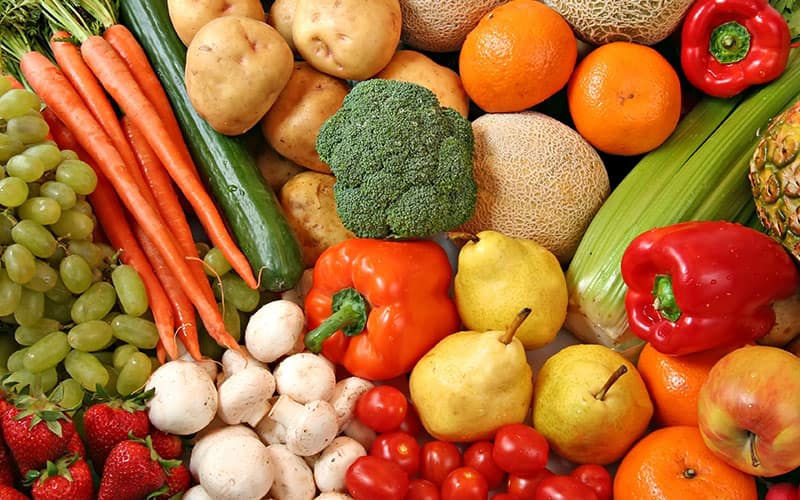
Establishing Your Race Nutrition Plan
by USA Triathlon Certified Coach: Marilyn Chychota


Race nutrition is a hot topic. There’s a lot of information out there and learning what works best for you can be difficult. Most of us know nutrition is very unique to each person, race type, and distance. The obvious things to consider are:
- How much fuel do you burn?
- What distance is your race?
- What are the weather conditions of your race?
- At what intensity will you be racing?
- How long will you be out there?
- Is your stomach sensitive?
- Do you suffer from cramping?
- Do you need to make multiple bathroom stops?
The Basic Nutrition Plan
It’s best to answer these questions when building your plan. Then you can try your strategy during key race specific sessions and “B” races that are not as important to you as others. Remember to keep your plan as basic and easy as possible.
Here are some tips:
- When racing in hot temperatures, it’s best to avoid anything that could spoil, such as protein. It’s also good to avoid anything too hard to digest, such as bulky solids. Bananas and pure chocolate may work for you as your solid options in heat.
- For electrolytes, taking lots of tablets can be hard to manage and hard to digest. I’ve found that adding a bit of table salt to your mixed bottles works well, typically between 200-1000mg of sodium per hour depending on the person. If you’re a salty sweater, you may need to err to the high range. For the low range, many people can meet their needs with gels and sports drinks.
- If intensity is high in your race, a liquid form of calories is best.
- If it’s going to be cold, you may need to increase your calorie intake.
- If you’re going to be out there a long time and intensity is lower, consider eating real food at some point in the day. Again, if the temperature is warmer, be sure our food is nothing that could spoil.
- For total calorie consumption per hour, try to aim for 250-500 calories. However, like sodium intake, it’s unique to each person, effort and intensity. Again, this is where practice comes in. You need to be able to learn appropriate pacing to absorb what you take in.
Here is my go-to race day recipe:
- In my bottles on my bike: two bottles with 300-500 calories in each of gel, water, and with one packet of electrolytes.
- Supplemental gels as I go and a banana if I feel I need it.
- Another two bottles mixed the same in special needs for a longer race and maybe a chocolate bar that contains no nuts (pure chocolate).
- Supplement with water from the aid stations.
- For the run: gels, cola, and water. If it’s hot, I supplement with one salt tab per hour.
If your stomach goes south, consider your pacing. Sometimes just walking or slowing down for five minutes or so will reset everything.
One other thing I’ve learned over the years is that although you may come up with a basic guide of what works for you, you need the ability to adjust and adapt as you race. Many races are ruined because people won’t budge from their plan and they ignore common sense. This is as dangerous as people who have no plan at all.
Fueling for races is unique to each race and each athlete. Use your training knowledge from all the miles you’ve put in thus far to adjust your fueling to what works best for you.
About the Coach
Marilyn Chychota has been a professional athlete in equestrian show jumping, cycling and triathlon. She started doing triathlons in 1999 and saw podium-level finishes as an elite athlete at both IRONMAN 140.6 and 70.3 races. As a USA Triathlon Certified coach, Marilyn works with U.S. and international athletes helping them achieve their goals through the sport she loves. For more information about Marilyn and her coaching business, please visit www.marilynchychotacoaching.com.
About Body Glide #
Body Glide products help prevent rubbing that causes irritation, rash, chafing, blisters and raw skin. They are non-oily, invisible and blend into your skin. They stand up to sweat, humidity and water, and your skin breathes even as perspiration escapes. The products are used by the U.S. military, combat tough, yet safe and gentle for children. To learn more visit bodyglide.com.